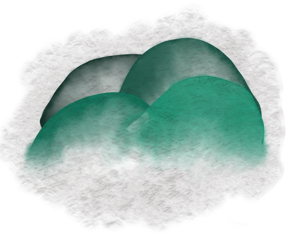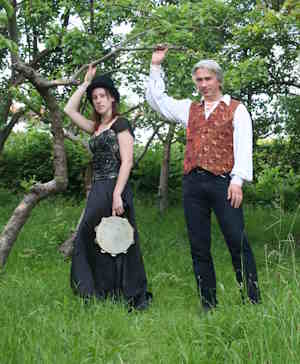What is Storytelling?
Oral storytelling is one of the most ancient art forms, and continues to this day as a vibrant part of culture throughout the world. Storytelling is an ancient craft; its power is timeless because good stories will always captivate audiences, whatever the medium. Storytelling predates writing. The earliest forms of storytelling were usually oral combined with gestures and expressions. Modern storytelling has a broad purview. In addition to its traditional forms (fairytales, folktales, mythology, legends, fables etc.), it has extended itself to representing history, personal narrative, political commentary and evolving cultural norms. In Europe, much of the storytelling comes from the olden times when people would gather around in the dark nights and tell stories to each other. Indeed, many stories have been collected from the old bardic traditions.
Modern storytelling can occur in many scenarios; most people will have experienced being told a story as a child, or telling stories to one's children. Storytelling is much more than this however. Groups of people get together to hear other people's stories and to tell them to one another. They meet in pubs, clubs and people homes. One place you can go to hear storytellers is here at the Malvern Storytellers club. Most meetings we listen to stories told by each other. There is no obligation to tell a story, some come to tell, and some people merely come to listen. Sometimes we organise special events: several times a year we have professional storytellers come to us for an evening.
The stories we tell come from many traditions including home-grown English, Celtic Scandinavian and the rest of the world. Whilst most of the stories are centuries-old, some are modern and some even written by the storytellers. But they are all told by the storyteller themselves, who put their take on the story. In the modern idiom, the stories are typically short (10 minutes or less), but a well-trained storyteller can hold audiences captivated for longer.







